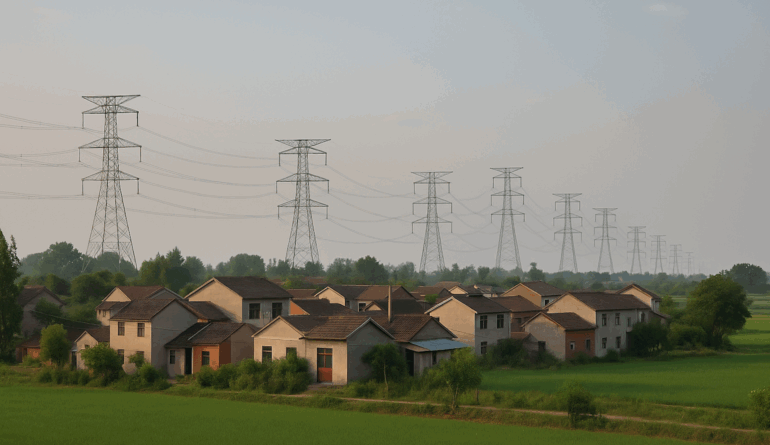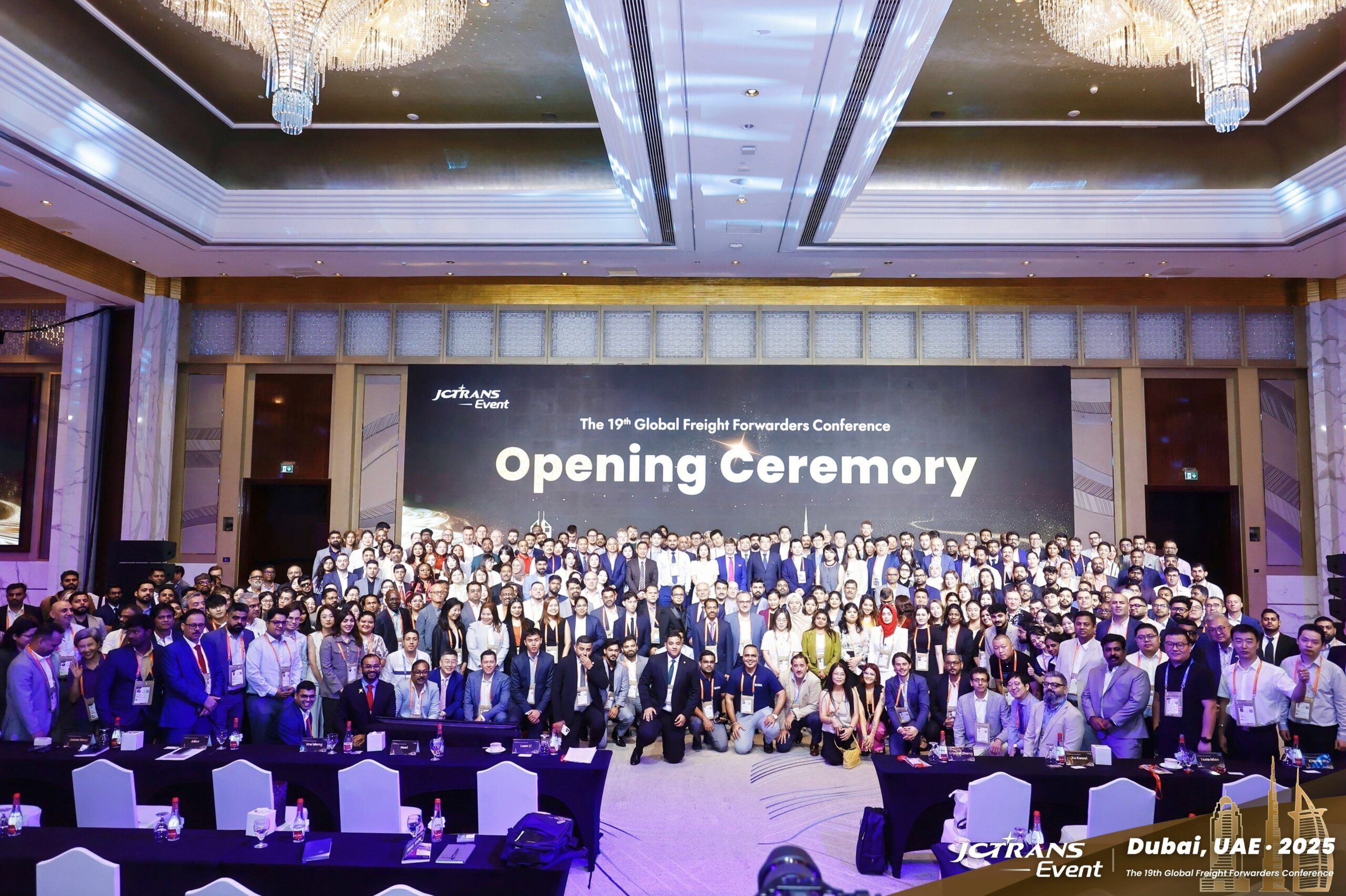China’s Electric Highways Showcase Engineering Marvels Amid Myths

China’s ambitious development of an ultra-high-voltage transmission grid is garnering attention for both its engineering achievements and the misconceptions surrounding it. Keith Bradsher’s recent article in the *New York Times* vividly details the scale of this infrastructure project, which spans hundreds of thousands of kilometers. It connects diverse energy resources, including wind, solar, hydro, and coal, across the vast expanse of the country.
The article paints a striking picture of transmission towers described as “Martian war machines,” capturing readers’ imaginations. Yet, some of the language veers into territory that may distort the technical truth, introducing narratives of villagers feeling “numb” under the wires or witnessing sparks from umbrellas in the rain. Such descriptions can contribute to a sensationalized view of electromagnetic fields (EMFs) rather than a grounded understanding of the engineering behind the grid.
China’s State Grid Corporation has pioneered a series of direct current transmission lines operating at voltages of 800 kV, 1,000 kV, and now 1,100 kV. These ultra-high-voltage direct current (UHVDC) systems are designed to transport electricity over vast distances, efficiently moving power from inland hydro and solar sites to coastal urban centers. The Changji–Guquan ±1,100 kV link alone transmits up to 12,000 MW across a distance of 3,300 km.
The underlying physics of these systems is straightforward: increasing voltage allows for a reduction in current, leading to significantly lower resistive losses over distance. While some line losses are inevitable, the efficiency gains from UHVDC systems are substantial compared to traditional alternating current systems. Conversion stations and line resistance do contribute to power loss, but these systems manage losses effectively.
Bradsher’s anecdotes about locals feeling discomfort near transmission lines raise alarm without sufficient scientific backing. Under normal conditions, the electric field generated by high-voltage direct current lines can influence lightweight objects but is not strong enough to cause neurological effects. The ground-level electric field is akin to the mild charge felt before a thunderstorm, a common natural phenomenon.
Conditions such as tingling sensations or sparks from wet umbrellas can occur due to small surface ionization currents or corona discharges during humid weather. These phenomena are startling but are not harmful. The design of transmission lines includes clearances set to prevent electric stress from reaching hazardous levels.
Credible international studies, including those from CIGRÉ and the World Health Organization, confirm that public exposure to electric fields around UHVDC lines remains well below levels known to cause biological impacts. The U.S. Bureau of Ocean Energy Management has similarly found that even at full capacity, the electric fields do not penetrate the body deeply enough to pose health concerns.
Despite the factual basis for safety, narratives of fear can spread rapidly, often fueled by misconceptions. Research conducted by Simon Chapman and Fiona Crichton highlights how communities can develop health fears related to energy projects, even in the absence of measurable exposure. Such fears can manifest as symptoms through a phenomenon known as the nocebo effect, where expectations create real sensations.
This pattern of misinformation highlights the importance of accurate reporting. The public’s perception of energy infrastructure can significantly influence the future of clean energy initiatives. If misunderstandings about UHVDC systems persist, they may hinder progress in the world’s largest energy transition, which relies heavily on moving clean power to where it is needed most.
In contrast to Western media, which may indulge in sensationalism, China’s media typically refrains from amplifying fears surrounding new technologies. Nonetheless, sensational articles can resonate in regions where NIMBY (Not In My Backyard) sentiments prevail, potentially stalling critical infrastructure projects.
Technical accuracy is crucial, especially as ultra-high-voltage transmission represents a landmark engineering achievement and a vital tool for decarbonization. It is essential to understand that these systems are among the safest and most meticulously monitored infrastructures globally. Operators maintain strict protocols for grounding, clearance, and real-time monitoring of electromagnetic fields.
China’s advancements in power transmission deserve recognition for their scale and ingenuity—not unfounded fears rooted in misunderstanding. The narrative surrounding this critical infrastructure should focus on its potential to reshape energy distribution rather than on exaggerated accounts of danger.
Ultimately, the story of China’s ultra-high-voltage grid is one of progress and innovation. It reflects a civilization’s ability to transmit power efficiently and safely, akin to how information flows in the digital age. Communicating these achievements with clarity and accuracy is essential for building public trust, which is vital for the future of energy infrastructure.






